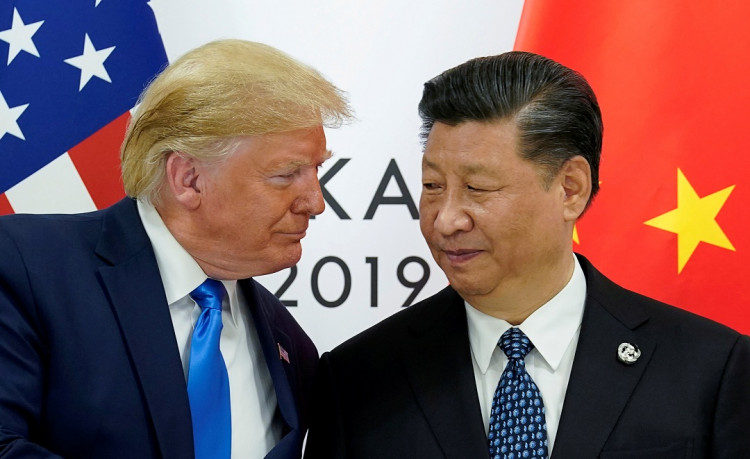China and the United States reportedly agreed to cancel some tax duties the two sides slapped over the past months, spokesman for the Chinese commerce ministry, Gao Feng, was quoted to have said on Thursday.
According to Reuters, Gao noted that the two sides should cancel tariffs simultaneously so "phase one" of the elusive trade deal can finally be reached. He clarified that canceling tariffs on both sides is a critical condition for an agreement to be sealed.
"Both sides have agreed to cancel additional tariffs in different phases, as both sides make progress in their negotiations," Gao was quoted to have said during a media briefing.
Shortly after Gao's statements were released, American stock index futures soared sharply over 100 points. Global markets are known to react in the same manner the world's largest economies play in terms of the trade deal.
Dow futures gained 133 points, with Nasdaq and S&P futures trading higher on Thursday morning, CNBC reported. The rise in U.S. futures was deemed as an optimistic move as investors have been anxious over the past few days.
The anxiety stemmed from previous reports that a supposed meeting between Chinese President Xi Jinping and U.S. President Donald Trump has been pushed back until December.
On the other hand, with Gao's seeming confirmation about the two sides agreeing to lift tariffs, especially those that are set to take effect on billions of Chinese goods next month, it is expected that global markets will start being at ease once more.
Gao did not mention any timeline on when "phase one" will be signed by the two leaders. However, talks have been rife regarding the exact location of the signing - an alleged thorn in the neck of negotiators at this point.
An official with knowledge of the matter revealed that a possible location for the signing could be London, especially since Trump is due to attend a NATO summit in the U.K. early December.
On Wednesday, MarketWatch reported that U.S. manufacturing productivity slumped for the first time since 2015, with some analysts arguing that the decline could be another consequence of the trade war.
The latest data revealed that the productivity of American workers weakened at a 0.3 percent annual rate during the July to September period. Economists previously forecasted a 0.6 percent increase.
Both China and the U.S. have suffered from the trade war, with key economic indicators weakening and activity softening since Washington first slapped tariffs last year and Beijing retaliated.
It remains to be seen whether the China-U.S. trade war will end before 2020, but at the moment, global markets are hopeful of a deal to be signed before further damage is laid on supply chains.






